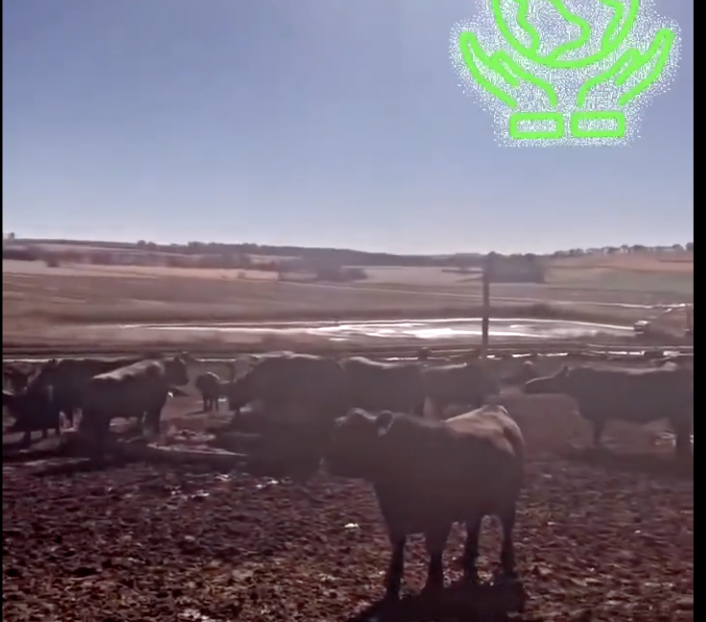Geologist, Professor Ian Plimer: “We have been cooling down for the last 4,000 years. It’s all about when you start the measurements.”
Geologist, Professor Ian Plimer: "We have been cooling down for the last 4000 years. It's all about when you start the measurements."
— Wide Awake Media (@wideawake_media) August 8, 2024
"If you take measurements from the Medieval Warming… we've cooled about five degrees since then. If you take measurements from the Roman… pic.twitter.com/BX0ngOG3nQ
Hi again, Mike.
— Chris Martz (@ChrisMartzWX) August 8, 2024
Glaciers have been in retreat for more than 20,000-years.
During most of that time, they melted at a faster rate than today.
For much of this planet’s history, there was no polar ice.
We are in what’s called an “interglacial period.” The prefix “inter-” means… https://t.co/BvMuGxBJdI
Chemtrails and Geoengineering
Geoengineering has been a part of our existence for decades. The media have conspired to get you to call it chemtrails, which is immediately refuted as a conspiracy theory by state-manufactured Wikipedia and “fact checking” services. Any questions? https://t.co/2dvW9AlkvZ
— 🇺🇸Lionel🇺🇸 (@LionelMedia) August 11, 2024
Cows
“I’m not making it up. The University of Nebraska just got a got done with one of their studies that the way to save the world on carbon is raise more cows. K. And that’s because cows are carbon negative”
“They produce more oxygen than they put off methane and carbon. It means to eat more cheese burgers or steaks. Beef, to save the world.”
“According to a 2023 University of Nebraska-Lincoln (UNL) report, beef production can be climate-neutral or even better if management practices are optimized to minimize emissions and maximize abilities to store carbon.
Some of the ways UNL research suggests that cattle’s carbon footprint can be reduced include:
Diet: Cattle that eat more forage and added fats produce less methane and other greenhouse gases than those that eat more grain and less forage. Fat supplements can also reduce the need for grain.
Production efficiency: Improving production efficiency can result in more cattle being marketed or more live weight being produced while using fewer resources. This can be achieved through breeding, feeding, and health programs.
Supply chain: Buying feed that’s grown nearby can reduce shipping emissions.”
Temperatures have dropped below freezing over the remaining ice. Those hoping for a big melt year are going to be disappointed.#ClimateScamhttps://t.co/3ePU6YYRdV https://t.co/mNvmLYSQDM pic.twitter.com/fZtZJW15dD
— Tony Heller (@TonyClimate) August 9, 2024
